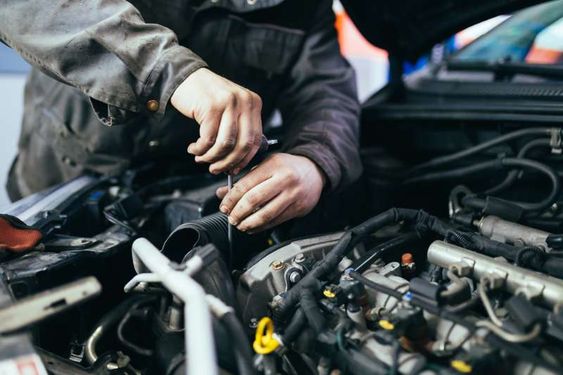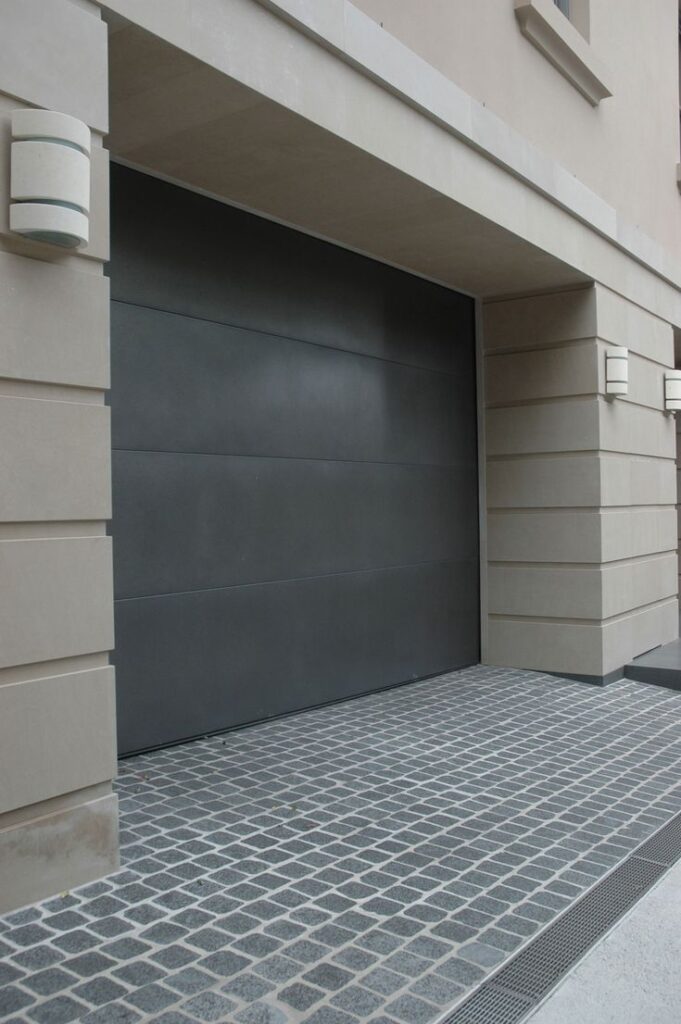As a homeowner seeking to merge the convenience of a smart home with the security of a traditional garage door opener, the prospect of integrating the two might seem daunting at first. However, fear not! With the right tools, a bit of patience, and a willingness to delve into the world of home automation, you can seamlessly connect your garage door opener to your smart home ecosystem.

First and foremost, according to Garage Door Repair Niles IL, before diving into the technical nitty-gritty, it’s essential to ensure compatibility between your garage door opener and your chosen home automation system. Many modern garage door openers come equipped with built-in Wi-Fi connectivity or are compatible with third-party smart home platforms like Google Assistant, Amazon Alexa, or Apple HomeKit.
Once you’ve confirmed compatibility, the next step is to gather the necessary equipment. You’ll typically need a smart garage door opener controller, which acts as a bridge between your existing garage door opener and your home automation system. These controllers come in various forms, from standalone devices to integrated solutions that replace your existing garage door opener’s wall button.
Now, let’s dive into the step-by-step process of connecting your garage door opener to your home automation system:
- Select the Right Controller: Choose a smart garage door opener controller that best suits your needs and is compatible with your home automation platform. Consider factors such as ease of installation, features, and compatibility with other smart devices in your home.
- Power Down the Garage Door Opener: Before proceeding with any installation steps, ensure the power to your garage door opener is turned off. This step is crucial for safety reasons and to prevent any accidental activation of the door during installation.
- Install the Controller: Follow the manufacturer’s instructions to install the smart garage door opener controller. This typically involves connecting the controller to your existing garage door opener either via wires or wirelessly, depending on the model.
- Connect to Wi-Fi: If your smart garage door opener controller requires a Wi-Fi connection, follow the setup instructions to connect it to your home network. This usually involves using a companion mobile app to configure the controller’s Wi-Fi settings.
- Pair with Home Automation System: Once the smart garage door opener controller is connected to Wi-Fi, you’ll need to pair it with your home automation system. This process varies depending on the platform you’re using but generally involves adding the garage door opener as a new device within the home automation app or interface.
- Configure Automation and Security Settings: Take advantage of the automation capabilities offered by your home automation system to create custom routines and schedules for your garage door. Additionally, ensure that proper security measures, such as passcodes or biometric authentication, are configured to prevent unauthorized access.
- Test and Troubleshoot: After completing the setup process, test the functionality of your smart garage door opener to ensure it’s working correctly. Open and close the garage door using both the home automation app and the physical controls to verify seamless integration. If you encounter any issues, refer to the troubleshooting guide provided by the manufacturer or consult online forums for assistance.
- Enjoy the Convenience and Peace of Mind: With your garage door opener successfully connected to your home automation system, revel in the newfound convenience and peace of mind that comes with remote access and monitoring capabilities. Whether you’re at home or away, you’ll have full control over your garage door right at your fingertips.
In conclusion, based from Garage Door Repair Niles IL, integrating your garage door opener into your home automation system is a straightforward process that can significantly enhance the functionality and security of your smart home. By following these steps and leveraging the right equipment, you’ll be well on your way to enjoying seamless connectivity and control over your garage door. So go ahead, embrace the future of home automation, and make your garage smarter today!
MF Solutions
Niles, IL
224-434-1780








